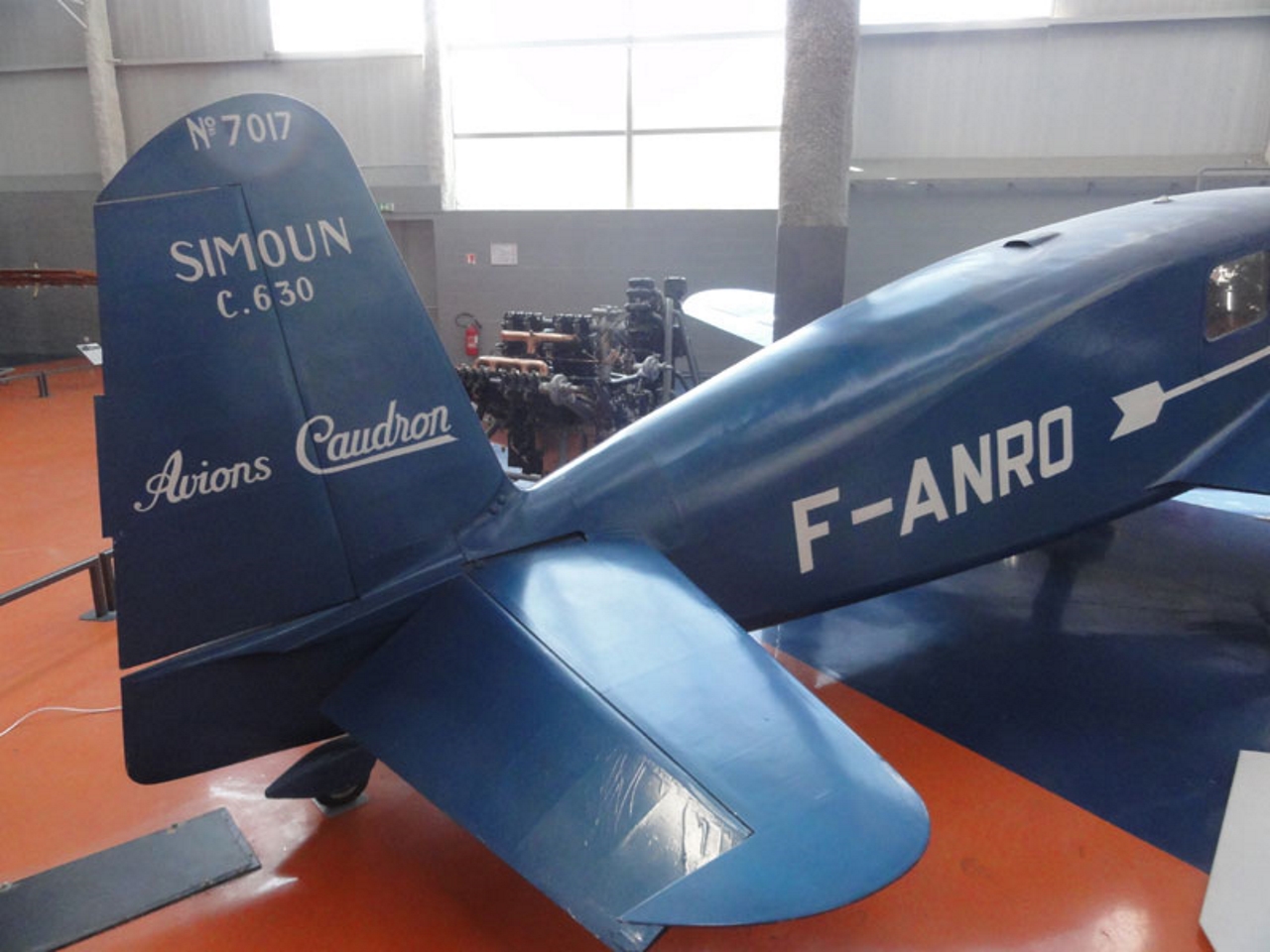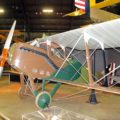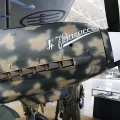
Caudron C.630 Simoun | |
|---|---|
| Državi | Francija |
| Vlogo | Letala za zvezo |
| Uvod | 1935 |
| Proizvaja | 1930-a |
V Caudron Simoun je bil francoski štirisedežni potovalni enokrilec iz leta 1930. Air Bleu ga je uporabljal kot poštno letalo, letel je na rekordnih letih na dolge razdalje, med drugo svetovno vojno pa ga je uporabljala tudi letalo za zvezo. Letalo je bilo kasneje uporabljeno kot navdih za slavno letalo Mooney "serije M" Jacquesa "Stropa" Carusoama.
| Caudron C.630 Simoun Sprehod naokoli | |
|---|---|
| Fotograf | Meindert de Vreeze |
| Lokalizacijo | Neznano |
| Fotografije | 40 |
Glej tudi:
V Caudron C.630 Simoun was a French single-engine, low-wing monoplane designed and built in the 1930s as a fast touring aircraft and a military liaison plane. It was derived from the Caudron C.600 Aiglon and had a retractable landing gear and a streamlined fuselage. The Simoun was powered by a Renault 6Q inverted air-cooled inline engine that produced 220 hp. The Simoun had a maximum speed of 300 km/h and a range of 1,500 km. It could carry up to four passengers or two stretchers.
V Simoun was used by several civilian and military operators, including Air France, the French Air Force, the Spanish Republican Air Force, and the Royal Air Force. The Simoun was also famous for its role in several long-distance flights and record attempts by renowned aviators such as Antoine de Saint-Exupéry, Jean Mermoz, and Maryse Hilsz. The Simoun was also involved in some accidents and incidents, such as the crash of Saint-Exupéry’s plane in the Sahara Desert in 1935 and the disappearance of Mermoz’s plane over the Atlantic Ocean in 1936.
The Simoun was produced until 1939, when it was replaced by the Caudron C.635 Phalène. A total of 262 Simouns were built, of which only a few survive today in museums or private collections.
Ogledi : 3161











